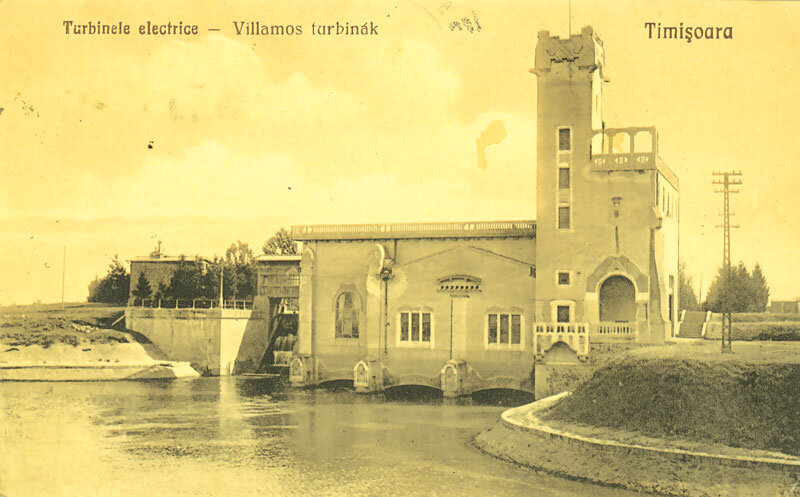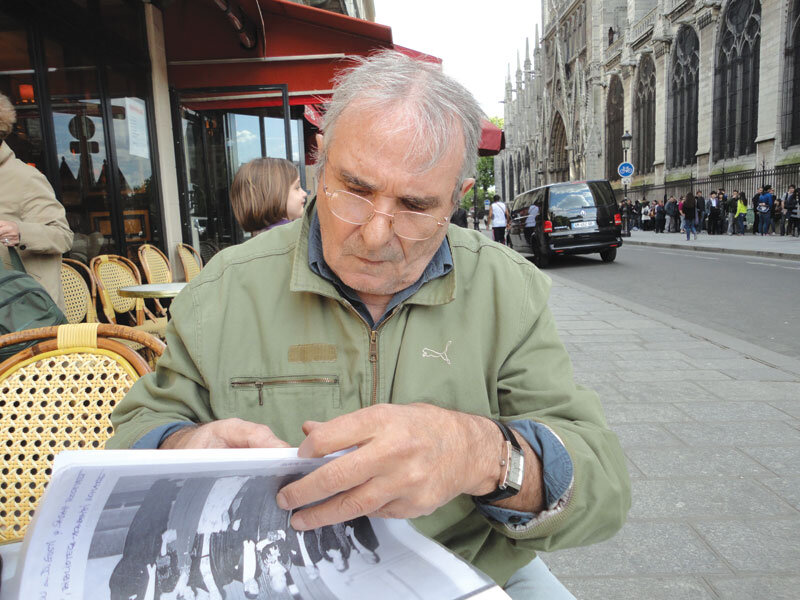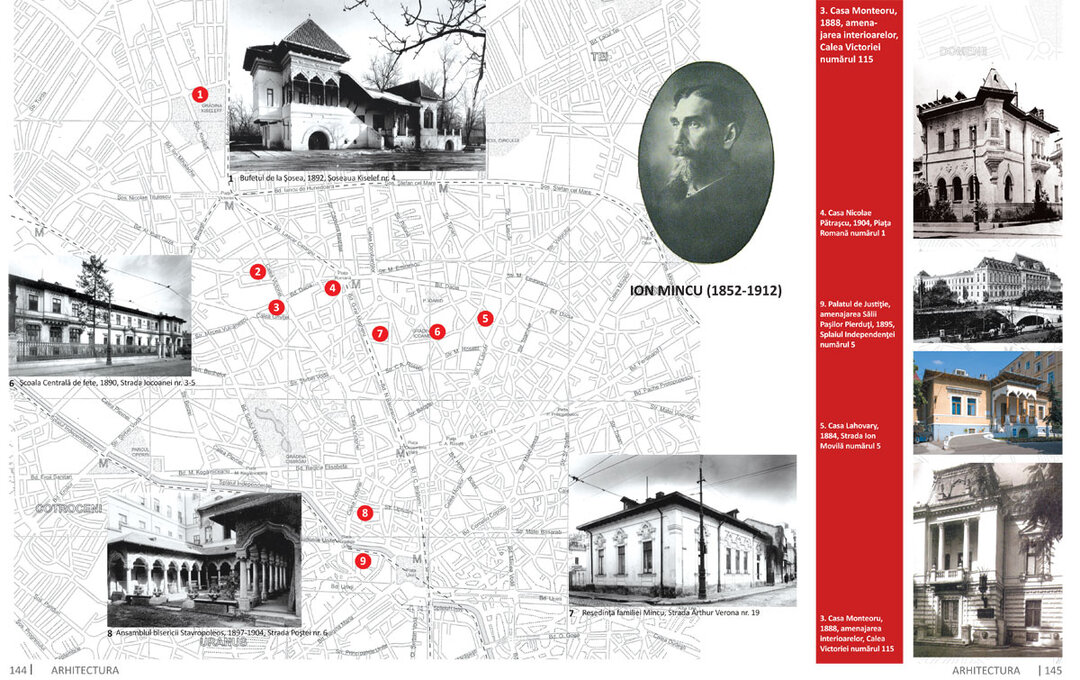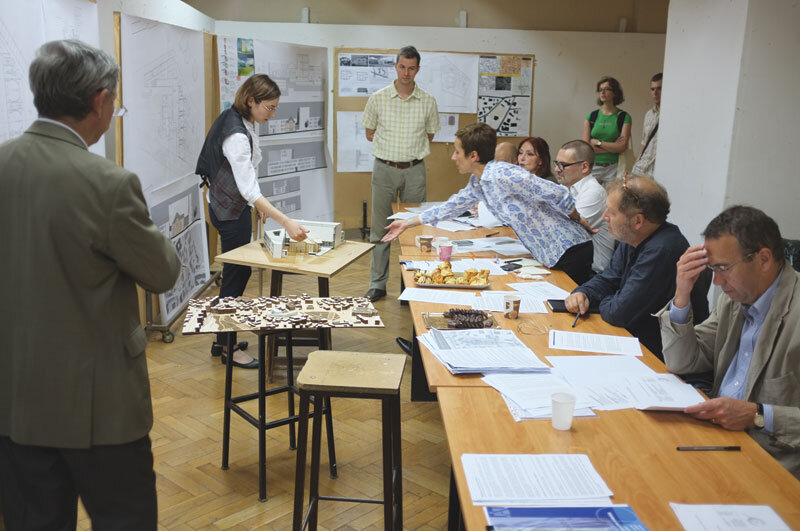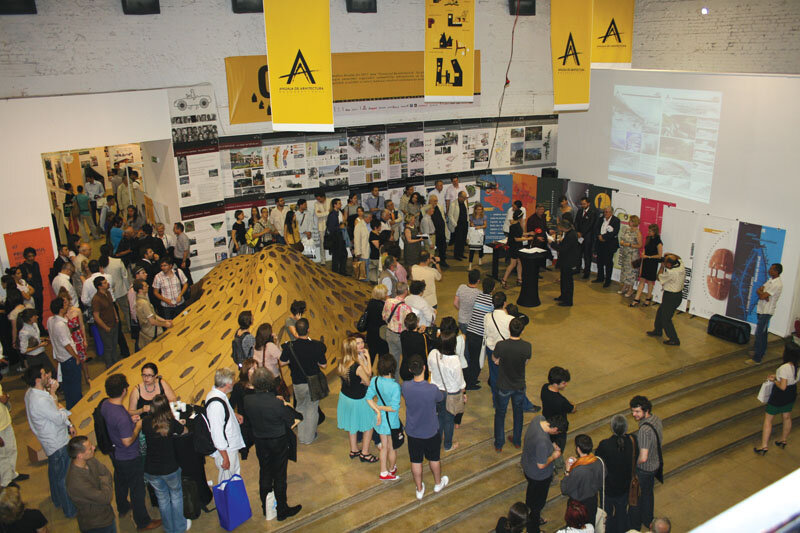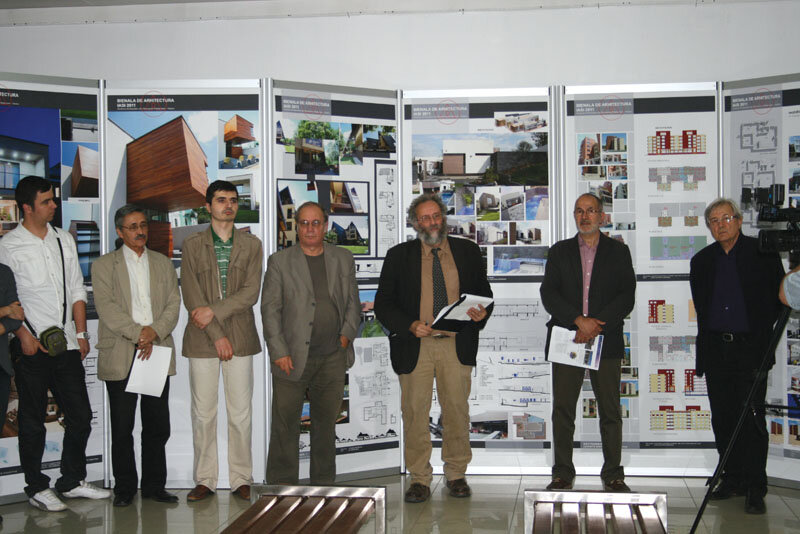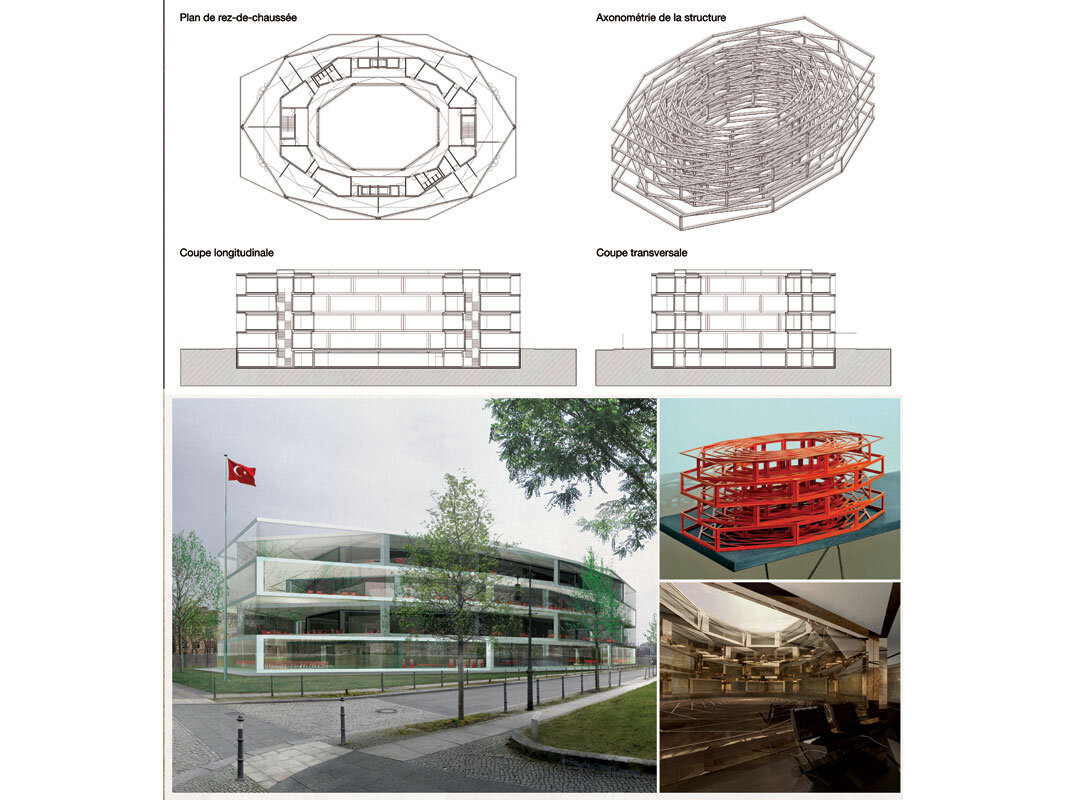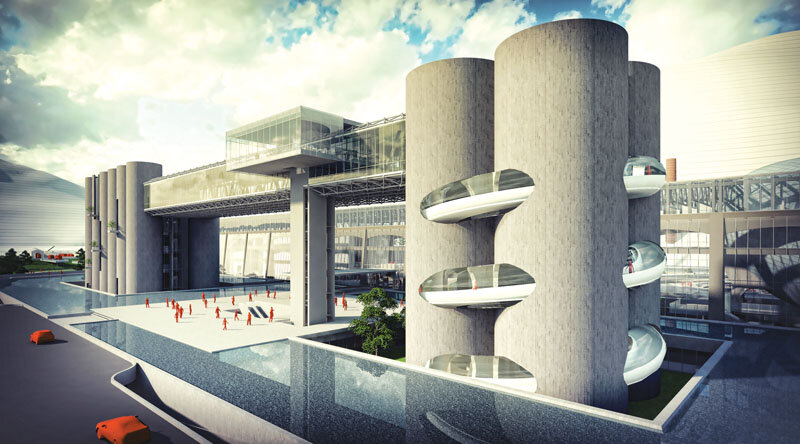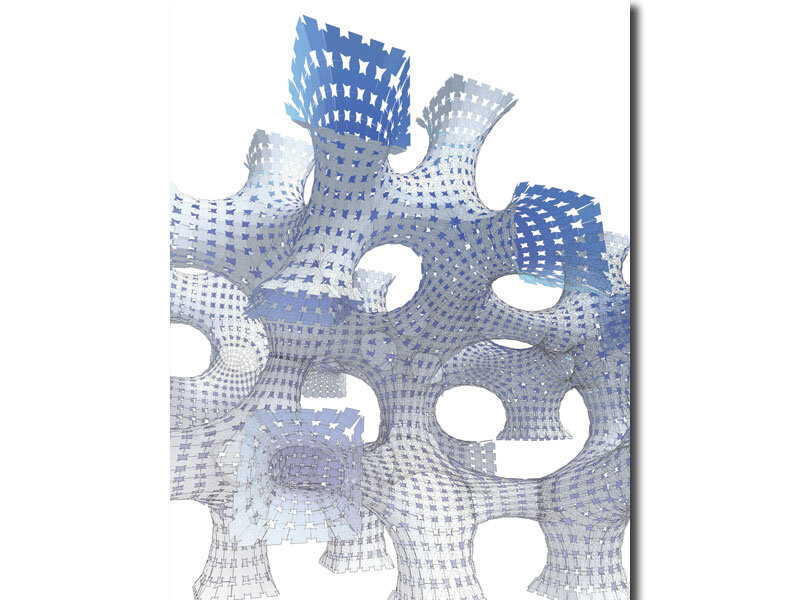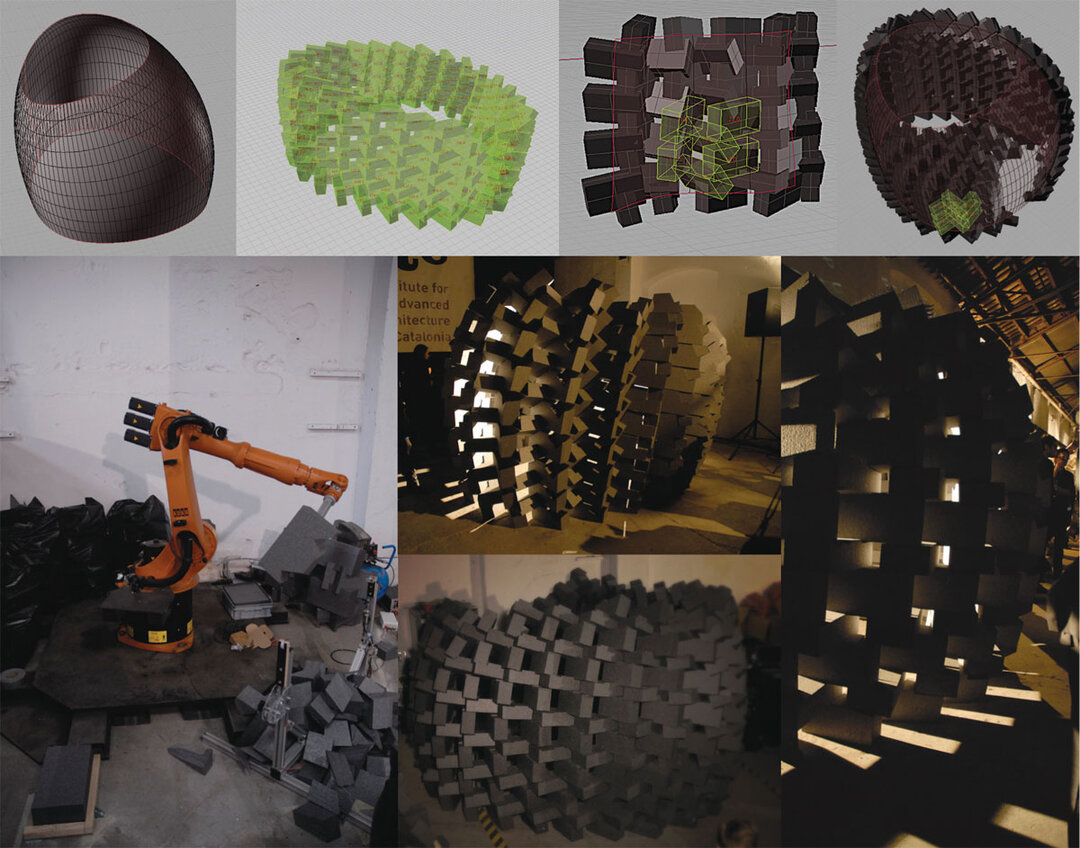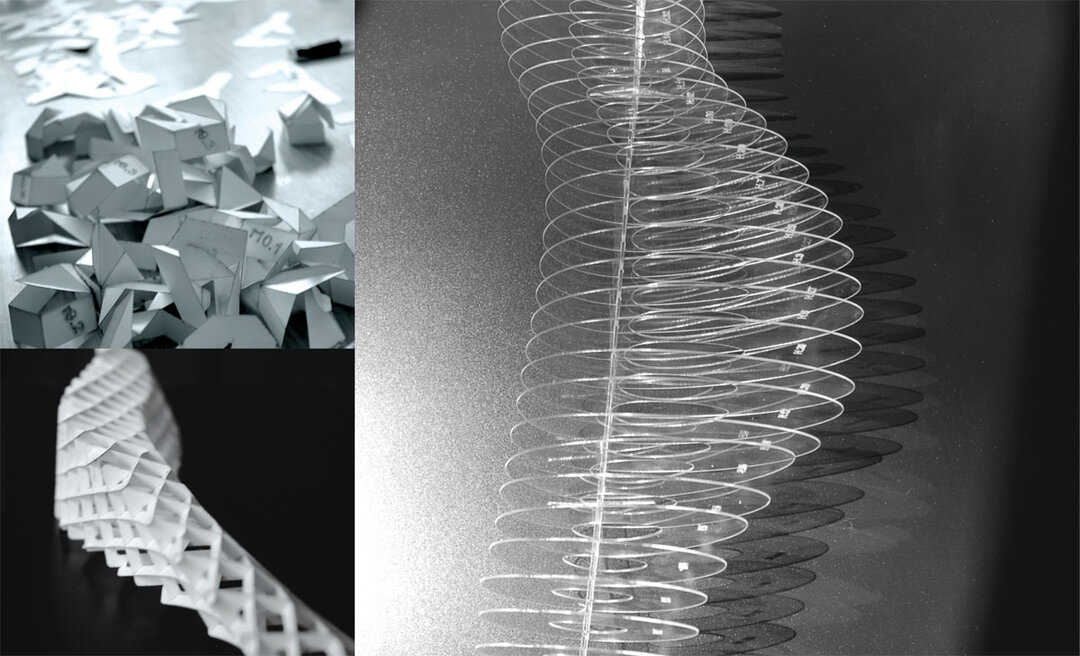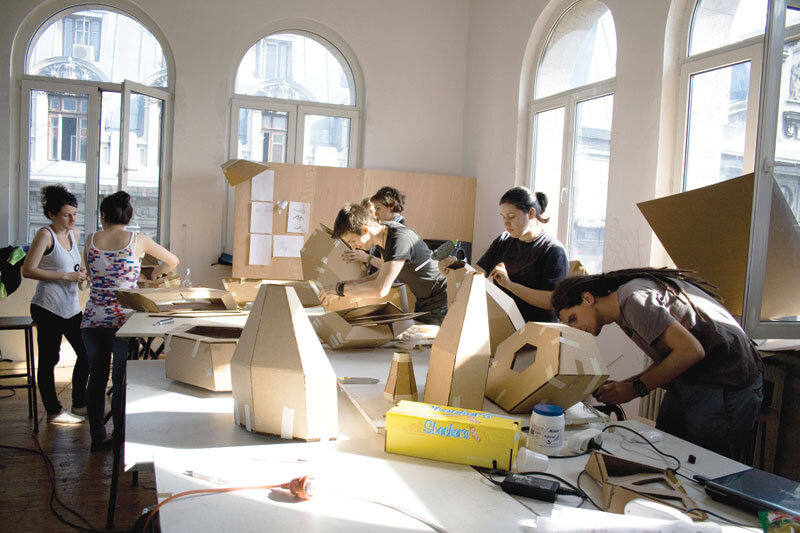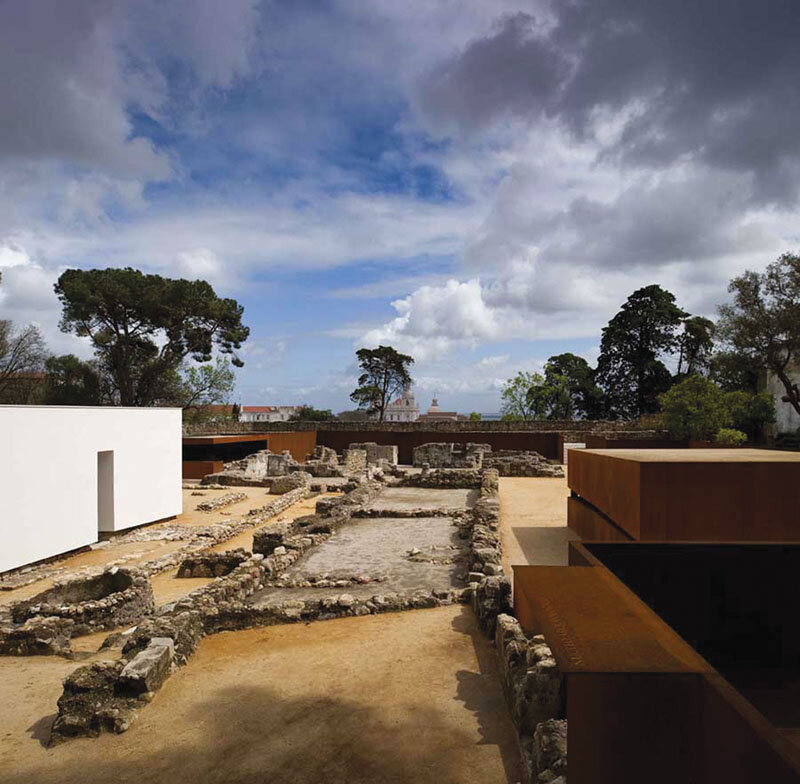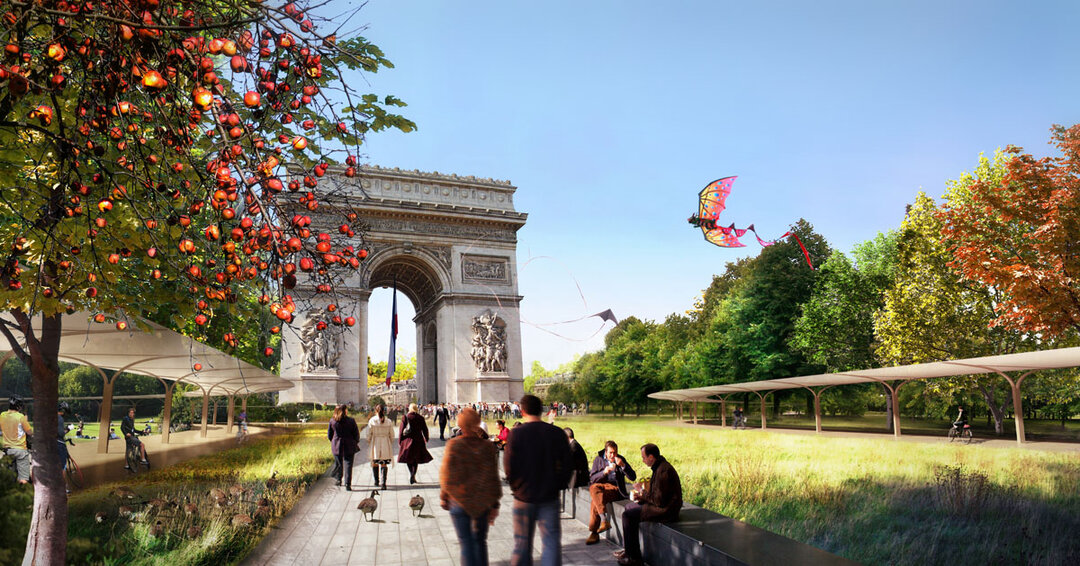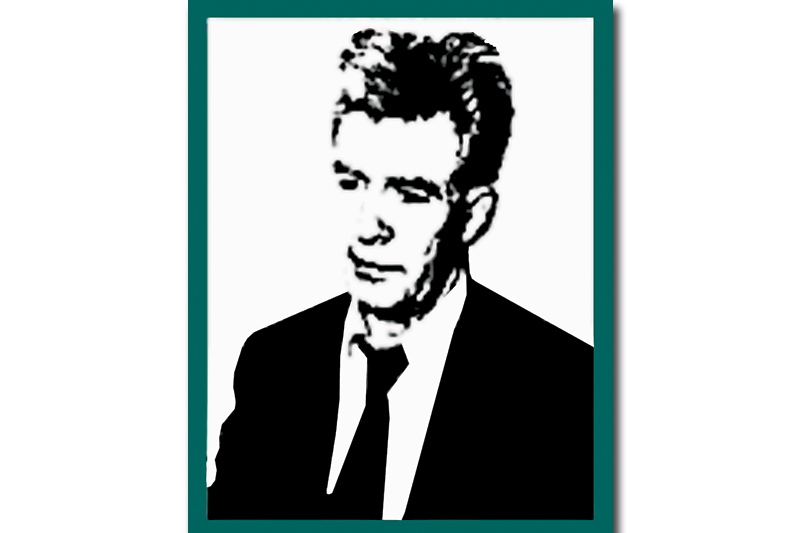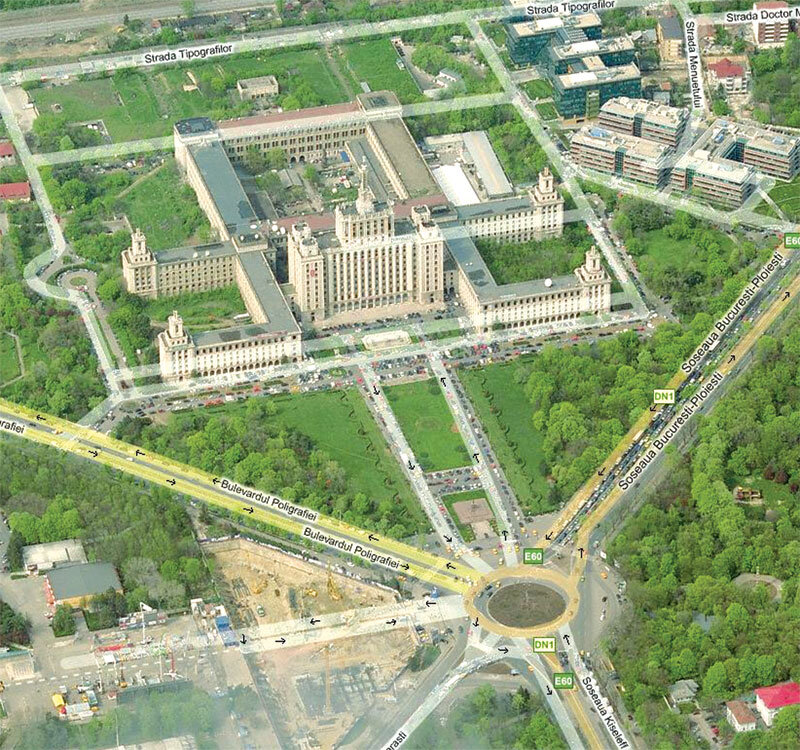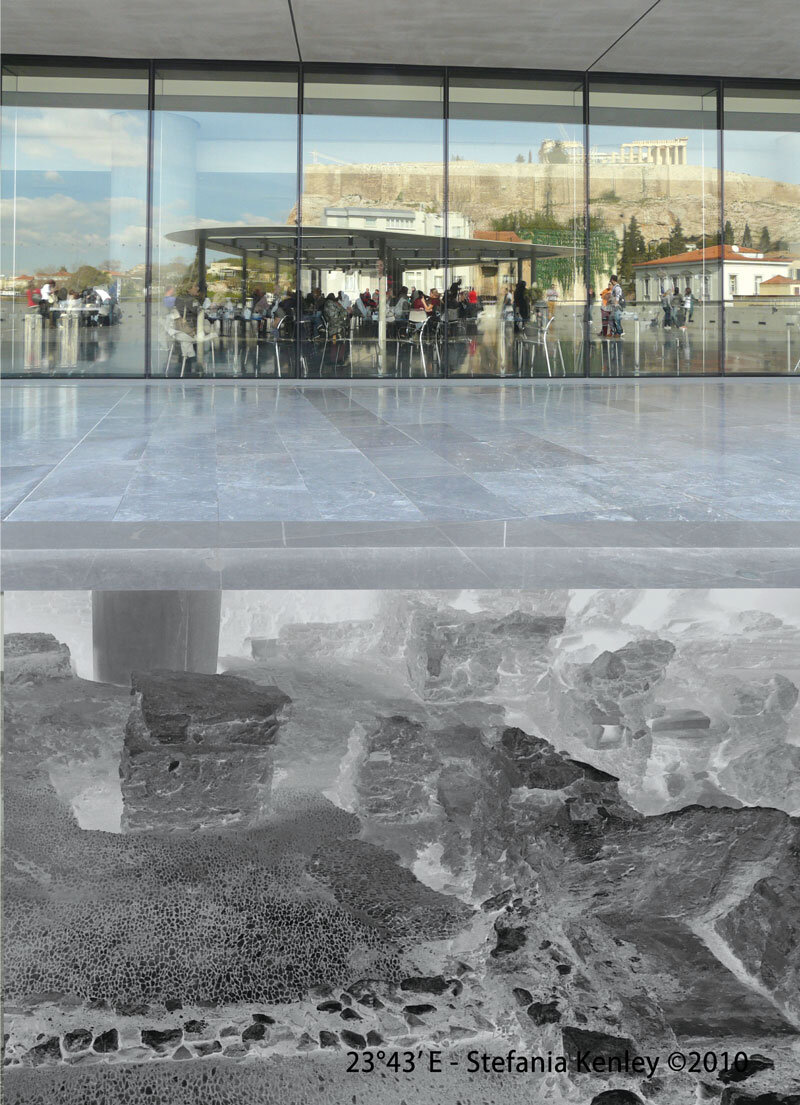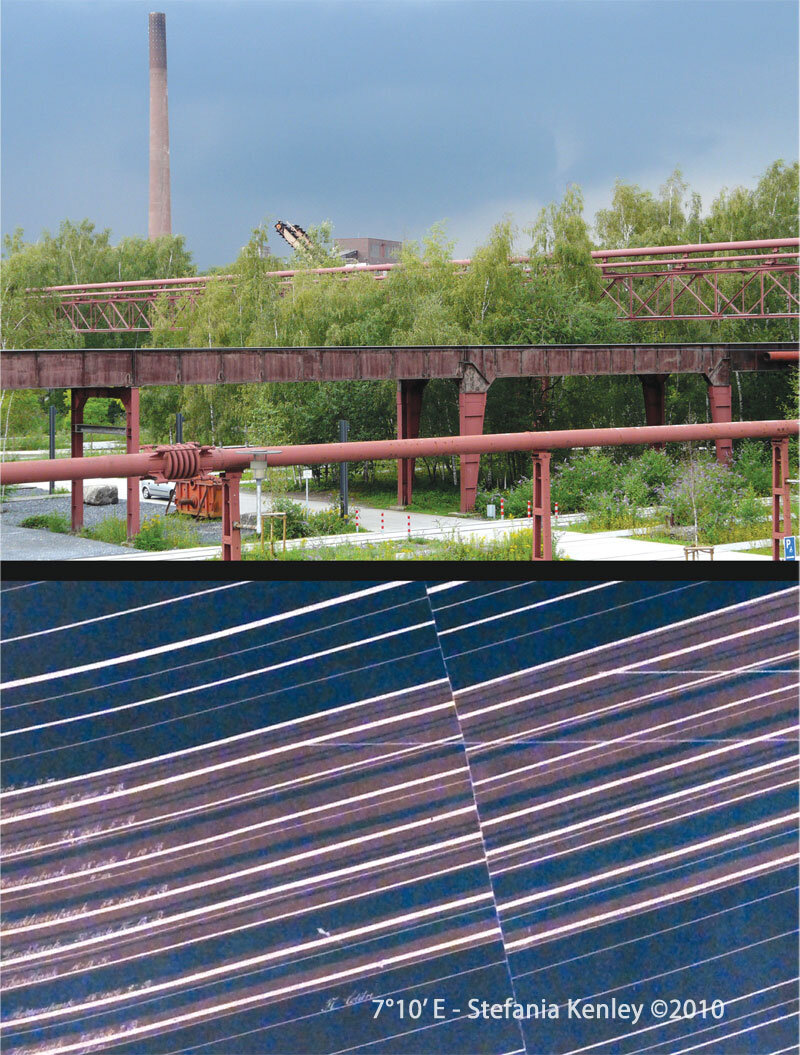
Stefania Kenley - Dialectica pusă în scenă
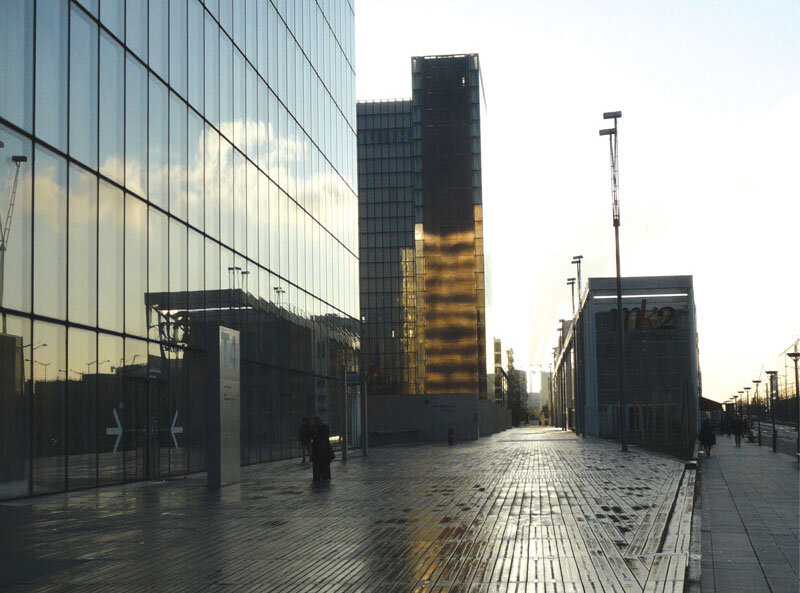
| „Die Kunst – ‘ach, die Kunst’ –, sie besitz, neben ihrer Verwandlungsfähigkeit, auch die Gabe der Ubiquität.”„Arta – ‘ah, arta’ –, cu puterea ei de transfigurare, posedă de asemeni darul ubicuității.”1 |
| „The art – ‘ah, the art’ –, with its ability to transfigure, it has also the gift of ubiquity.”1 |
|
În colocviul interdisciplinar „Reflexii asupra proiecției” („Réfléchir la projection”), organizat de Véronique Campan la Universitatea din Poitiers (France), între 26 și 28 mai 2011, dna arhitect Stefania Kenley a prezentat comunicarea „Desene în secțiune și fotografii prin raze X” („Dessins en coupe et photographies au rayon X”), terminând cu o serie de imagini originale – ca un post-scriptum sau un ecou al argumentului ei. Această demonstrație s-a alăturat ideii unei genealogii a proiecției, deja prezentă în teoriile lui Walter Benjamin. Jean-Louis Déotte arăta că, în lucrarea lui Benjamin Paris – Capitale du XIXème siècle: „realitățile conceptuale se dedublează – două feluri de aură, de traseu, de trecut, de prezent, de viitor...”2. Altfel, am avea un punct de vedere unic, „fie al tehnicii (arhitectura de metal și de sticlă, iluminare electrică etc.), fie al capitalismului (produse comerciale, expoziții universale etc.)”3. Urmărind acest fir de gândire, imaginile Stefaniei Kenley revelează o dimensiune organică a peisajului urban, printr-o deplasare a punctului de observație. Citiți textul integral în 3 / 2011 al Revistei Arhitectura. |
|
Staging Dialectics During the trans-disciplinary conference „Reflecting the projection” („Réfléchir la projection”) organised by Véronique Campan at University of Poitiers (France), held on 26th-28th May 2011, the architect Stefania Kenley presented a paper „Section drawings and X-Ray photographs” („Dessins en coupe et photographies au rayon X”), ending with a series of original images – as a post-scriptum to or an echo of her argument. These images were intended to further the idea of a genealogy of projection, already present in the theories of Walter Benjamin. Jean-Louis Déotte has shown that, in his unfinished work Paris : Capitale du XIXème siècle, all Benjamin’s conceptual realities have „a doubling of… registers, of the aura, of the trajectory, of the Past, the Present, the Future…”2. Otherwise, we would have a singular point of view, „either the one of Technique (the architecture of metal and glass, electric lighting, etc.) or the one of Capitalism (the merchandise, the great exhibitions…)”3. Following this line of thought, the images of Stefania Kenley revealed the organic dimension of urban landscape through a shifting gaze. Read the full text in the print magazine. |
| NOTE / NOTES
1 Paul Célan, Le Méridien & autres proses, note și traducere din germană de Jean Launay, Paris, Edition. du Seuil, 2002 (Der Meridian S. FISCHER Verlag, 22 oct. 1960), p. 64. 2 Jean-Louis Déotte, L’Homme de verre. Esthétiques benjaminiennes, Paris, Coll. Esthétiques, 1998. 3 Jean-Louis Déotte, Le Musée, l’origine de l’esthétique (Paris, coll. Philosophie en commun, 1993). |


